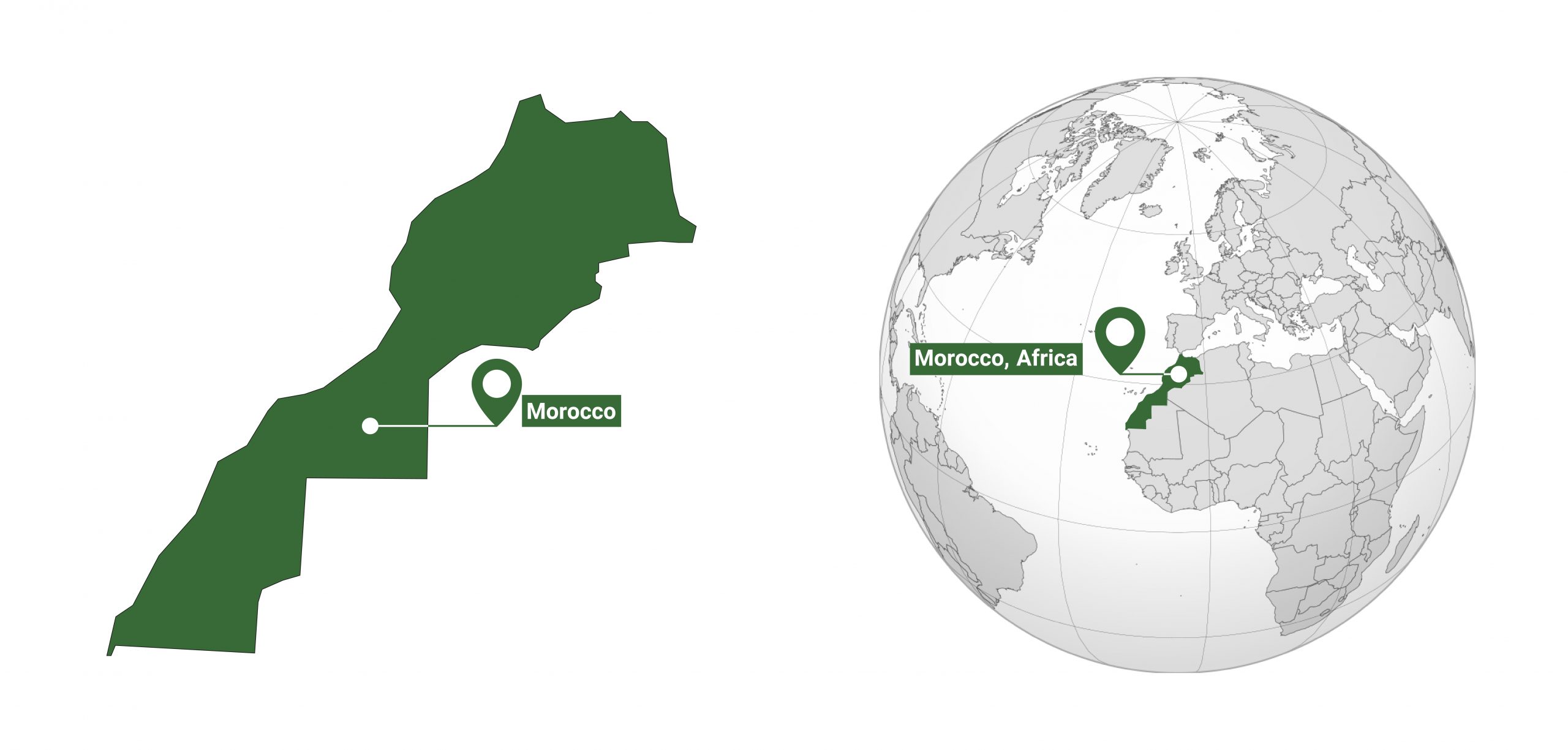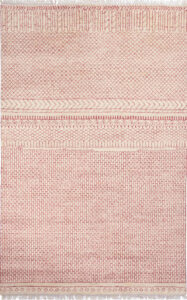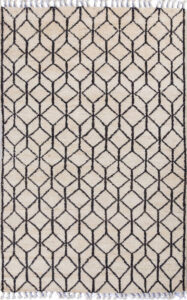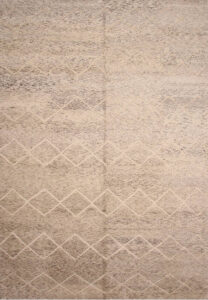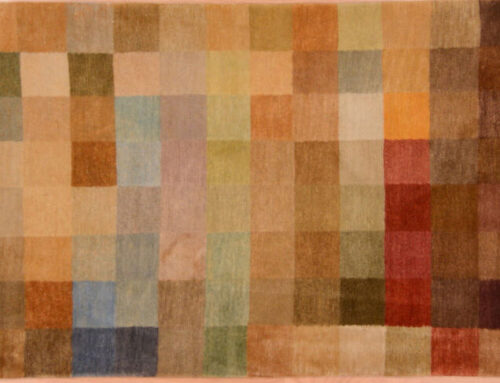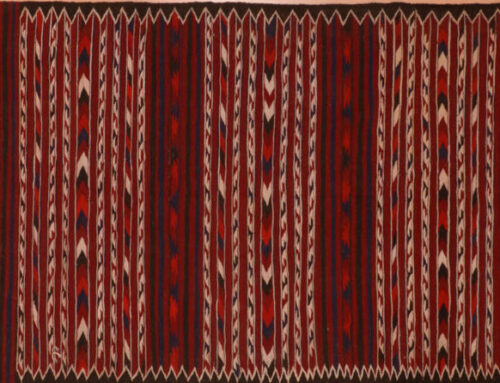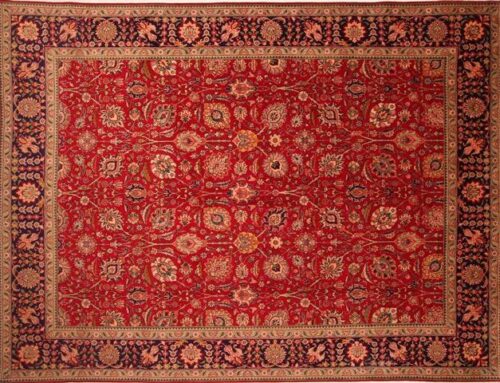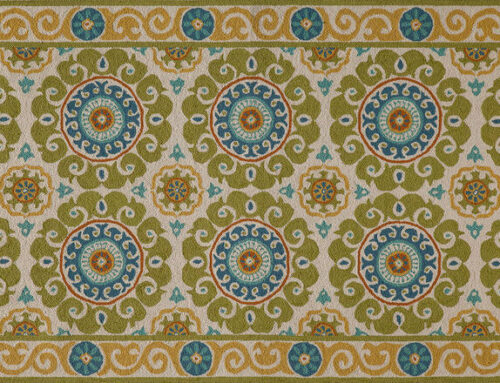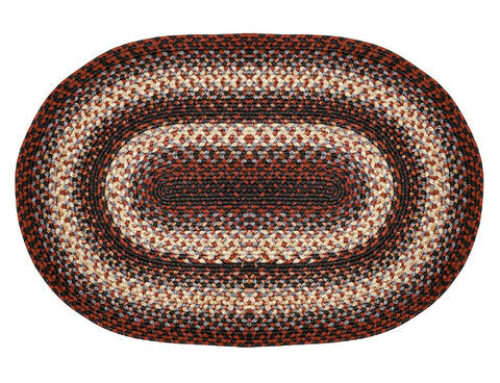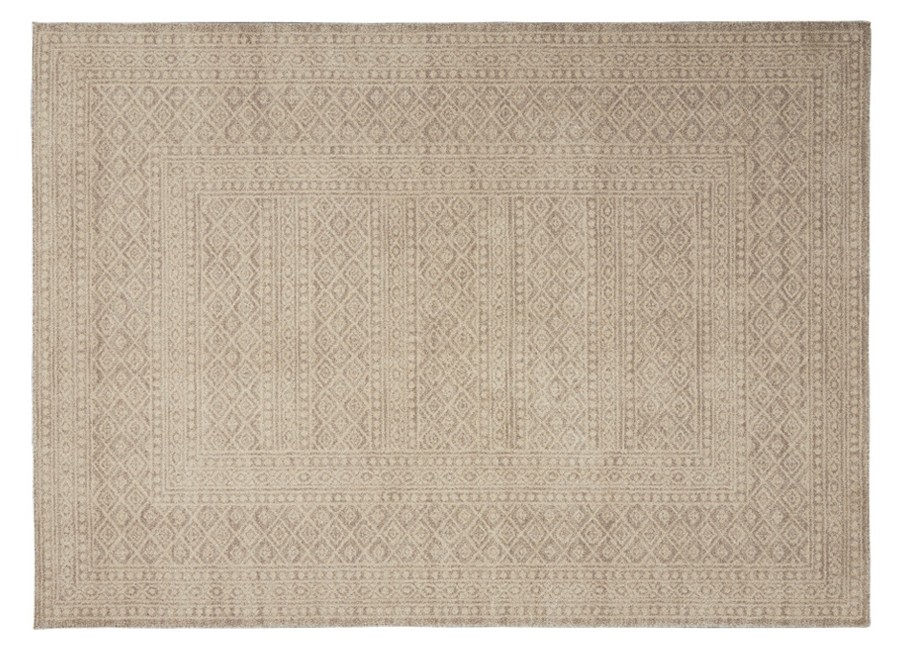
Origin of Moroccan Rugs 1
Morocco is a country located in North Africa. It is officially recognized as the Kingdom of Morocco, and the vast majority of the population is of Berber heritage. Islam arrived in North Africa, notably Morocco, during the seventh century CE, at which point the Berbers converted to the Mohammedan faith and adopted the Arabic language.
History of Moroccan Rugs
Moroccan rugs are categorized in two styles: urban and rural. Urban-style rugs were made in the city of Rabat beginning in the eighteenth century. The rugs made were generally gallery sizes, with lengths twice as long as the width. Antique Rabat rugs are rare and can be found in museums and private collections.
The rural-style rugs are attributed to Morocco’s Middle Atlas and High Atlas Mountain regions, woven from the second quarter of the twentieth century. A majority of the rugs were made in the Middle Atlas district. Moroccan confederated tribes and subtribes of Berber and Arab origin, living mostly as nomads, made the rugs. Notable Moroccan weaving centers and tribes are Marrakesh, Beni Ouarain, Mediouna, Sale, Zemmour, Rehamna, Beni M’Guild, Beni Saddene, Ait Youssi, Zenaga, Oulad Bou Sbaa, Ait Tidili, Ait Ouaouzgvite, Ait Sektana, Zkara, and Beni Alaham. These weavings were made for personal use. Some of the tribes living in the mountains of Morocco produced weavings with piles approximately two inches high for warm bedding during cold weather.
Rural woven folk art rugs of Morocco were introduced to the western market during the French Protectorate period. Their popularity in Europe resulted in an increase in commercial production for foreign export. After the French occupation, the Moroccan government subsidized and promoted the weaving industry for production on a global scale. Today Moroccan rugs are woven in all sizes in accordance with world market demand. Early rural rugs woven in Morocco are found in the Quai Branly Museum in Paris and in private collections
Characteristics of Moroccan Rugs
-
Material and Knots
The rugs have a wool foundation and a wool pile. The Turkish (symmetric) knot is used. The quality of these rugs is considered low in grade, some being made with several wefts after each row of knotted pile.
-
Color
Early Atlas rugs are woven with natural undyed white, beige, brown, and black sheep wool. During the French Protectorate in Morocco (r. 1912-1956), some tribes incorporated reds and other colors into rug backgrounds and designs.
-
Design and Pattern
Rabat rugs are geometric, with design and color influences from early Anatolian (Turkish) and Spanish weavings. They have mainly a medallion style and traditional Anatolian rectangular panels at the upper and lower ends of the field. Hook and Star motifs, flower heads, leaves, vines, and other design elements are woven in the background and borders.
The rural-style rugs are very different in design from Rabat rugs. Moroccan rural weavings are primitively designed, with a resemblance to archaic patterns. The rugs either include a single narrow guard border or have no borders. Some tribal designs have lozenge shapes, zigzag and horizontal lines, and Hook, Star, and other nomadic motifs in the background. At times, the rugs have simple, broken vertical or horizontal lines.
Collections
- Moroccan Rug | © Rugman
- Moroccan Rug | © Rugman
- Moroccan Rug | © Rugman

